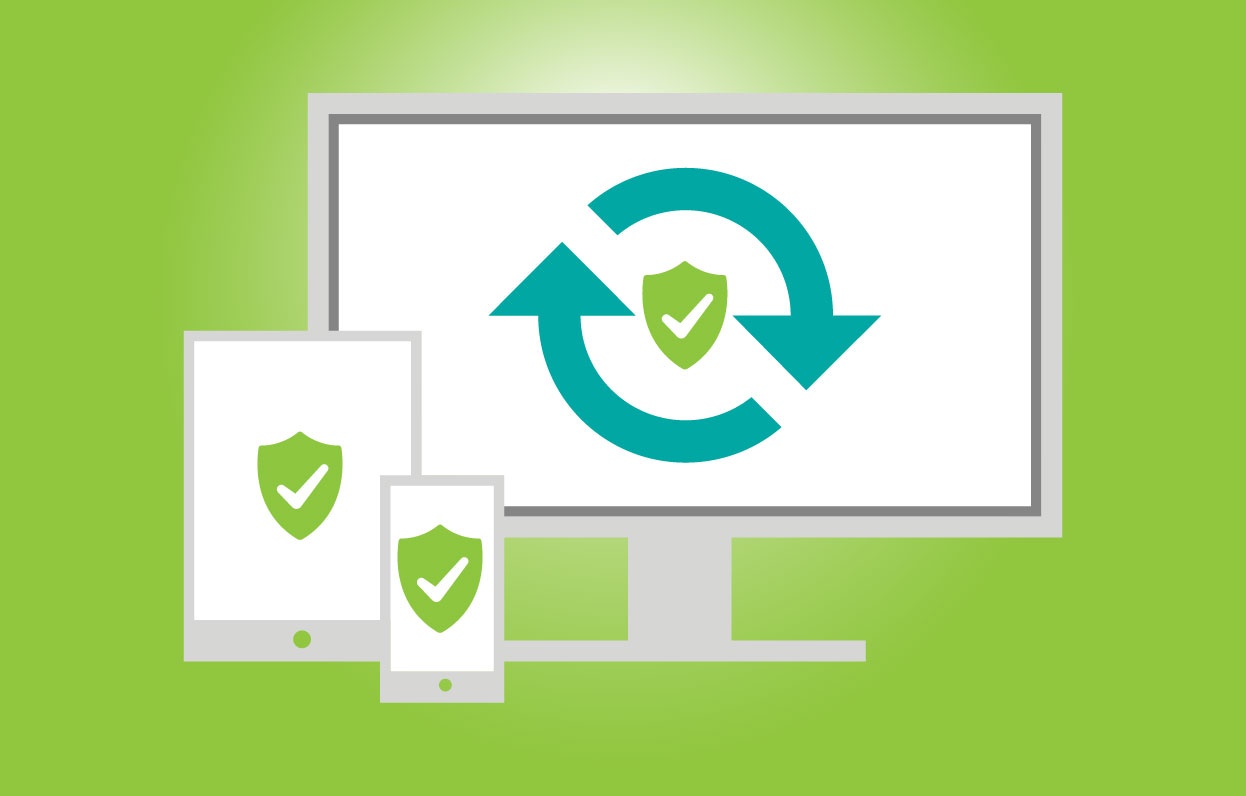Enterprise organizations who put their documents in a central content management system are very conscious of the security and protection of those documents, especially if that system delivers files to mobile devices. Here we take a look at some of the focus points for enterprise-level organizations looking to implement a secure file sharing system, allowing your company to maintain control while encouraging collaboration.
Private Hosting, Encryption, & more
While some mobile content systems are cloud-only, many companies prefer to host their files on an in-house system. There's nothing inherently less secure about cloud systems, but verifying the security and stability of an outside vendor is up to the diligence of your company. Making sure your files are secure also means having a disaster recovery plan in place for the inevitable catastrophe. Disaster recovery includes some type of backup of at least your files, if not logs and file histories.
Whatever system you end up using, off-premise or on, strong encryption is necessary to protect your documents as they travel on the network. While there are different key sizes available for implementation of file encryption, 256-bit encryption is considered a baseline for companies serious about security.
Users & groups permissions & segmentation
Security goes beyond protecting your files on the server side, it also extends to keeping files hidden from people who aren't supposed to see them. User and group permissions are a good start to segmenting the files properly. While a training video might not need to be concealed, a spreadsheet with contract details would definitely require protection. The best way to do that in a company-wide system is through authorizing access by user or by group.
Security in knowing who's seen what
Delivering training materials to end users in a timely fashion helps keep your company secure by making sure that policies and procedures are up-to-date. By tracking users when they sign in and access the files, you can see specifically who has worked with with what content so you know they're viewing it and not falling asleep in front of a video screen or binder somewhere. Good back-end reporting helps you quickly see what files have been accessed, and with video, shows you how much of the file has been viewed so you don't have to just take someone's word that they've seen it.
While there's security in knowing what files have been seen, there's also security in knowing that the files you remove are not able to be seen. Good file management software has the ability to pull files from remote devices upon deletion from the server side, keeping outdated files, procedures, and information from remaining in circulation.
Hopefully none of this information is new to you, but if it is, we hope it's given you some key points to check against your current setup, or when you are looking at a new mobile content management system.
To learn more download our latest guide on Mobile Content Management for the Enterprise






